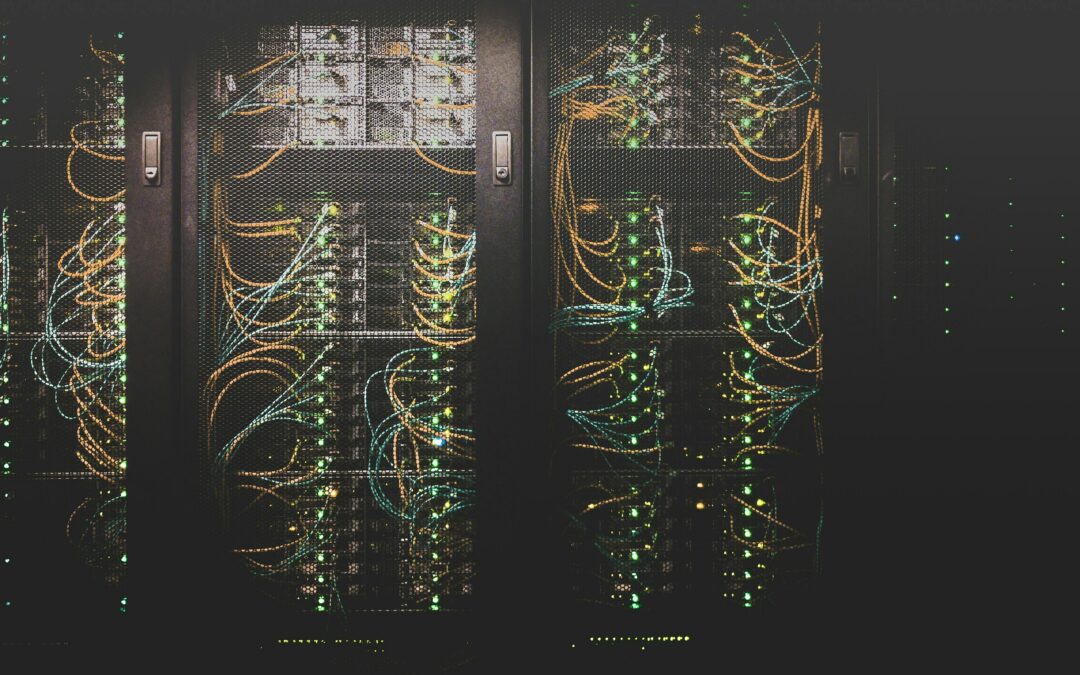After a long period of flat electricity demand, new data centers are helping to drive a rapid rise in demand. While out of the view of the average consumer, every internet search, social media post, and forwarded email relies on the operation of large data centers that house hundreds or even thousands of servers that all require continuous electricity usage.
A single new data center may consume as much energy as it takes to power 80,000 homes. As of 2022, the 2,700 data centers in the U.S. were responsible for 4% of the country’s electricity usage. Both the New York Times and the Washington Post have recently reported that this surging demand — from data centers as well as new manufacturing facilities and electric cars — could threaten America’s ability to tackle climate change, if there is not enough clean energy on the grid to meet our needs.
But what if data centers could be part of the solution and help to lower not increase energy demand? That is where data center heat reuse comes in.
Data centers produce huge amounts of heat and use large amounts of electricity to cool it with air conditioning to prevent the servers from overheating and failing. About 40% of data center electricity use is devoted to cooling, according to the Department of Energy. But that heat could instead be reused for other applications in nearby factories and buildings that require large amounts of low-temperature heat. Giving data center heat a second life can help lower data centers’ electricity demand and costs, helping to tackle their carbon footprint while simultaneously offering a low-carbon heat source to others. In essence, data centers function like very large heat pumps and, due to the industry’s commitment to purchasing renewable electricity, they often produce zero-carbon heat.

(Figure: The process of data center heat reuse. Source: Meta.)
Many industries and buildings use the type of low-temperature heat that data centers can provide, according to research from the Open Compute Project and David Gardiner and Associates. The pharmaceutical industry, for example, needs low-temperature heat for heating, dehumidification, and process heat in laboratories and clean rooms, as well as water treatment, distillation, and desalination projects.
Data centers could also deliver hot water pre-heating for laundries, swimming pools, and space heating. Re-using this heat would cut costs and carbon emissions for the buildings sector, where fossil fuel combustion for space and water heating account for more than 50% of the sector’s emissions.
To seize this opportunity, what’s needed now is collaboration between these sectors and the data center industry to cut costs and lower carbon emissions at data centers, factories, and buildings. And, most importantly, we can cut growth in electricity demand for electric utilities and planners.
DGA will have more to say about this in an April blog post, as the Open Compute Project will release a white paper regarding policies that could accelerate data center heat reuse.
David Gardiner will speak about the white paper, of which he is the lead author, at OCP’s Regional Conference in Lisbon on April 24.
